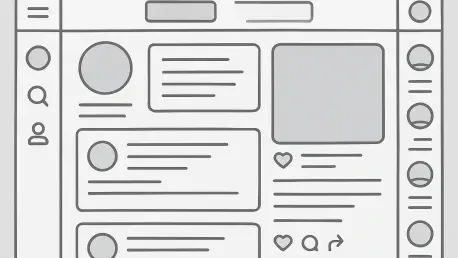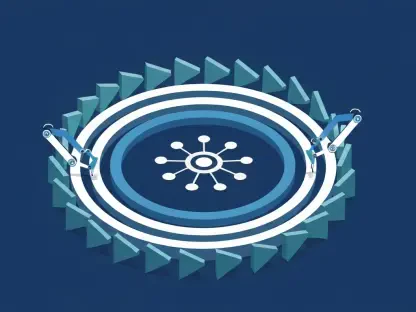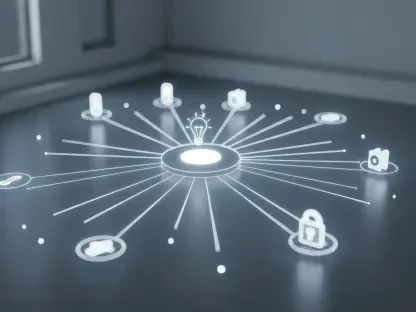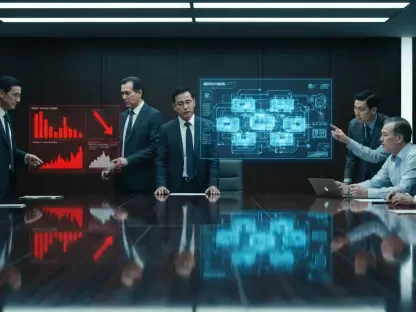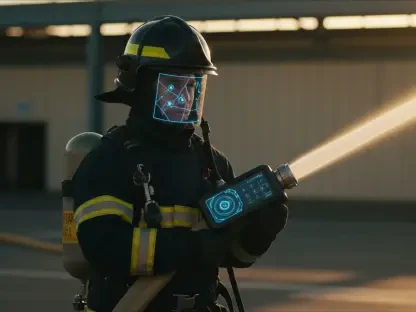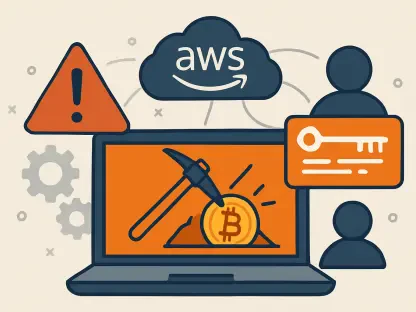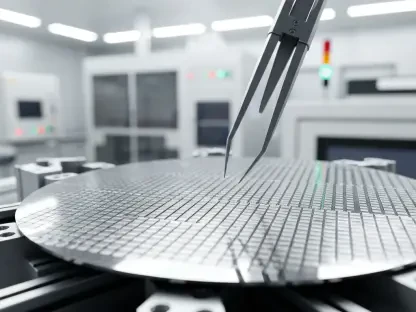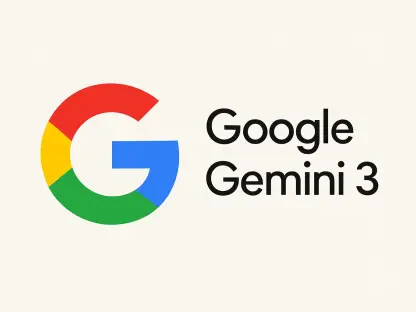I’m thrilled to sit down with Oscar Vail, a renowned technology expert whose passion for innovation has placed him at the forefront of groundbreaking fields like quantum computing, robotics, and open-source projects. Today, we’re diving into his insights on the Graffiti framework, a revolutionary tool designed to transform how we create and interact with social applications. In this conversation, we explore how Graffiti empowers personalization, tackles data ownership, ensures interoperability between apps, and reimagines moderation in online spaces. Oscar shares his vision for a more user-driven social ecosystem and the challenges and opportunities that lie ahead.
Can you explain what the Graffiti framework is in simple terms, and what kinds of challenges it helps solve for those building social apps?
At its core, Graffiti is a framework that makes it easier for anyone—whether you’re a developer or a small business owner—to build custom social applications without getting bogged down in complex coding. Think of it as a shared foundation that handles the heavy lifting of backend infrastructure, so creators can focus on designing the front-end experience using familiar tools like HTML. It solves big challenges like the high barrier to entry for app development and the risk of users losing their connections or data when switching platforms. For instance, a local venue can create an app tailored to its community for sharing music or event updates without forcing fans to abandon their existing networks.
What inspired you and your team to develop Graffiti, and what gaps in current social media platforms were you aiming to address?
We saw a lot of frustration with how rigid and controlling existing social media platforms can be. Most of them dictate how you interact, what you see, and even who owns your data, which often leaves users and smaller organizations feeling powerless. We wanted to flip that model on its head by giving people the tools to design their own social spaces. A big gap we noticed was the lack of flexibility—if a community or business wanted something unique, they either had to conform to a platform’s rules or build something from scratch at a huge cost. Graffiti was born out of the desire to democratize that process and let creativity thrive without those barriers.
How does Graffiti simplify the process of creating a social app, especially for someone who might not be a tech expert?
Graffiti streamlines app creation by providing a shared backend system that handles data storage and connectivity, so developers don’t need to write complicated server code. It’s like building a website—you can use straightforward tools to design the user interface and customize features. For non-tech folks, like a small business owner, Graffiti lowers the learning curve significantly. While they might still need some help with the design, the framework is intuitive enough that someone with basic web skills can create a personalized app, whether it’s for customer engagement or community building, without needing a full team of engineers.
One unique aspect of Graffiti is how it allows different apps to work together. Can you break down what interoperability means in this context and why it matters to users?
Interoperability in Graffiti means that apps built with our framework can communicate and share content seamlessly, even if they look or function differently. For users, this is huge because it means you don’t lose your connections or data when you move between apps. Imagine posting a flyer for a concert on one app run by a venue and having it show up on a microblogging app your friends use. It keeps everyone connected without forcing them into a single platform, breaking down the walls that usually isolate social experiences and giving users more freedom to interact how they want.
Data ownership is a key focus for Graffiti. Why is this such a priority, and how does the framework ensure users maintain control over their information?
We believe users should own their data, not platforms. Today, many social media giants store and monetize your information in ways you might not even realize, and that lack of control is a real problem. With Graffiti, data is stored on a decentralized system, meaning it’s not locked into one app or company. Users decide where their content goes and who sees it. We’ve built the framework so that your posts, likes, and connections stay under your command, which is a stark contrast to how most big platforms operate where they essentially claim ownership once you upload something.
Personalization seems central to Graffiti’s vision. What are some examples of custom social apps people can build, and how does it encourage creative freedom?
Personalization is at the heart of what we do. With Graffiti, you can build anything from a messaging app for a tight-knit group to a microblogging platform for sharing quick thoughts, or even a location-based app for neighborhood updates. We’ve seen examples like a concert venue creating a community app for music fans to discuss new artists, or a collaborative editing tool similar to a wiki. The framework supports creativity by letting developers experiment with new features and content types easily. There’s no rigid template—you have the freedom to invent something totally unique that fits your audience’s needs.
Unlike many platforms, Graffiti doesn’t enforce a universal moderation policy. How does this decentralized approach work, and what benefits does it offer?
Instead of a one-size-fits-all moderation rule, Graffiti lets users and app creators define their own standards. Each app or community can pick its moderators and set guidelines for what’s acceptable. For example, if someone is a moderator in one app, they can block content there, but that same content might still appear in another app with different rules. This approach offers benefits like empowering communities to reflect their own values rather than adhering to a corporate policy. It gives people agency to curate their spaces, which can lead to more authentic and comfortable interactions tailored to specific groups.
Looking ahead, what is your forecast for the impact of frameworks like Graffiti on the future of social media and online communities?
I think frameworks like Graffiti could fundamentally reshape social media by shifting power back to users and creators. We’re moving toward a future where online communities aren’t dominated by a handful of giant platforms but are instead diverse, user-driven ecosystems. If we can scale solutions like Graffiti while addressing challenges around security and privacy, I foresee a landscape where people have real choice in how they connect—picking apps that match their style, controlling their data, and still staying linked to broader networks. It’s an exciting possibility, but it’ll require ongoing innovation and community input to balance freedom with responsibility.
